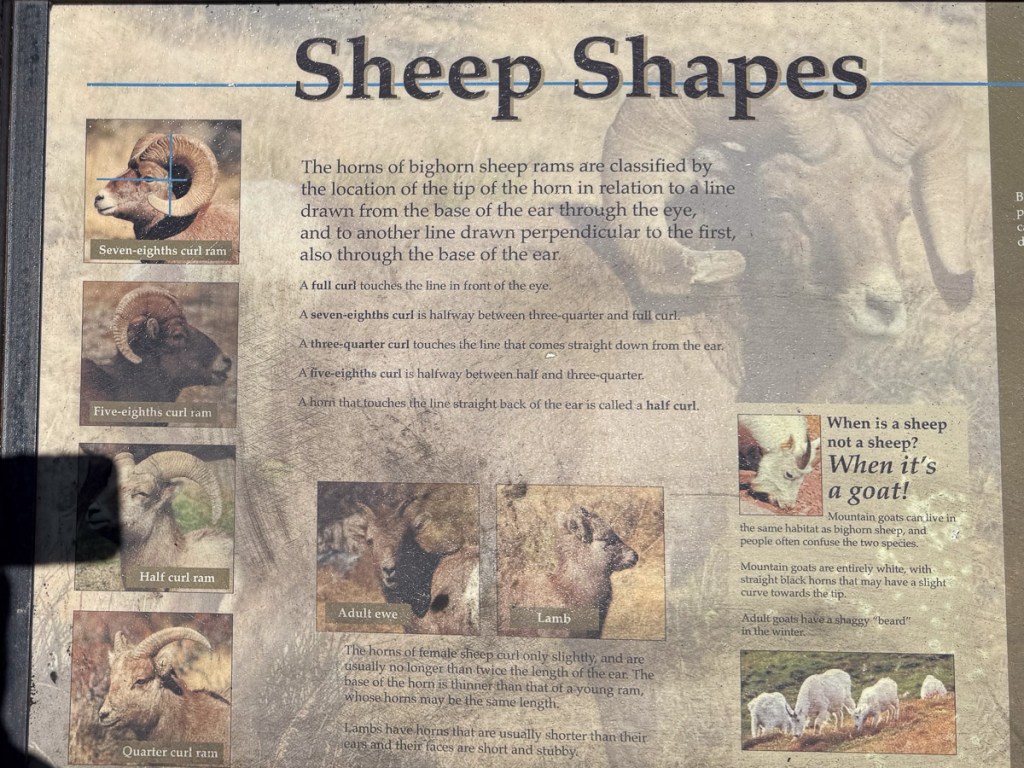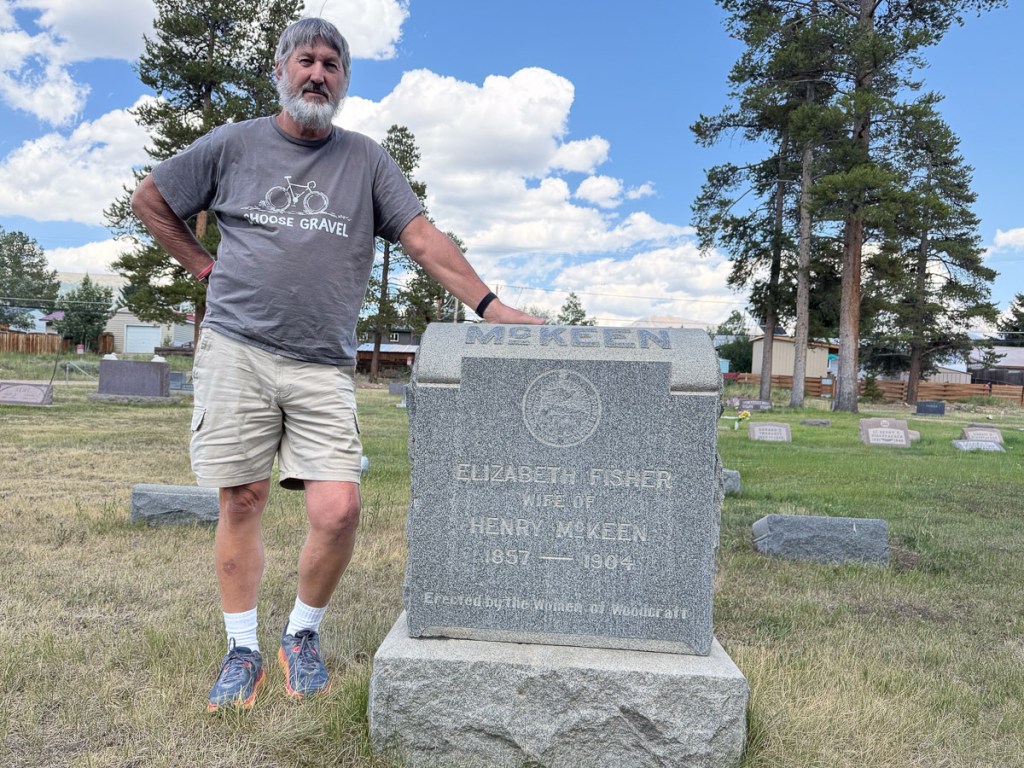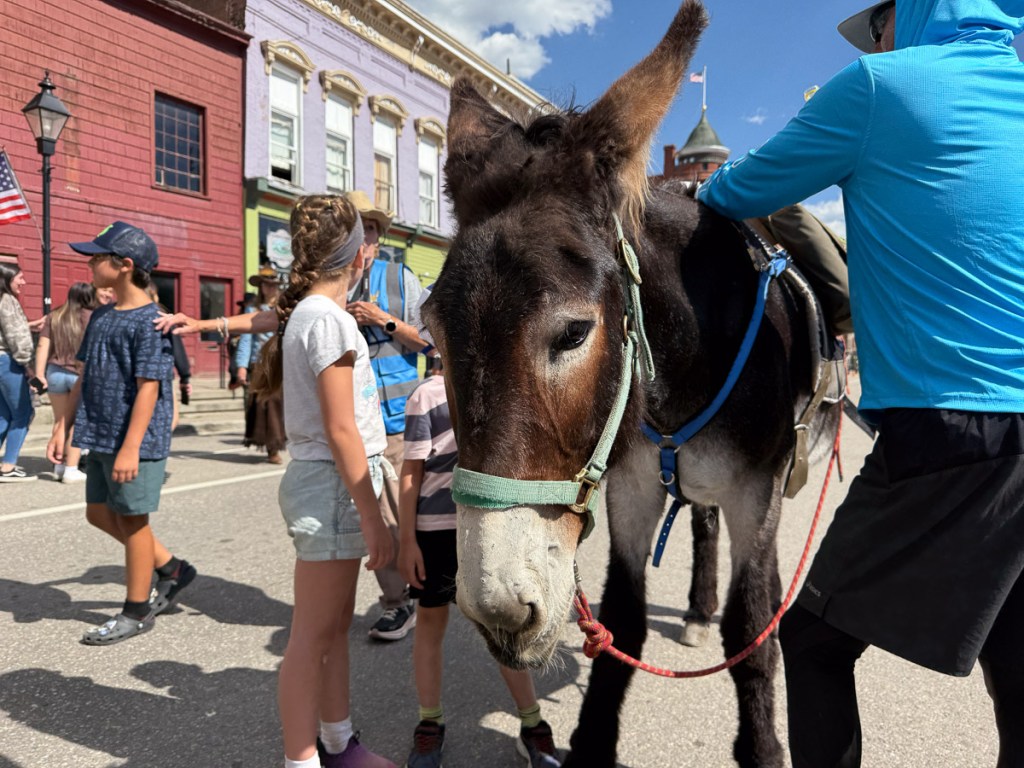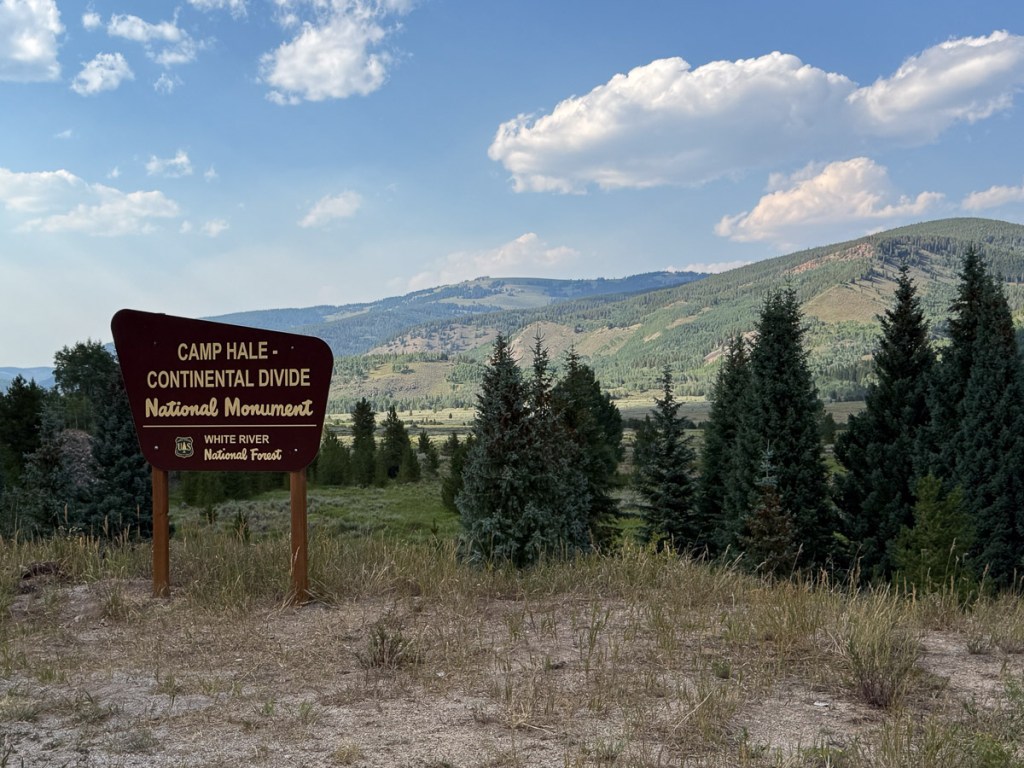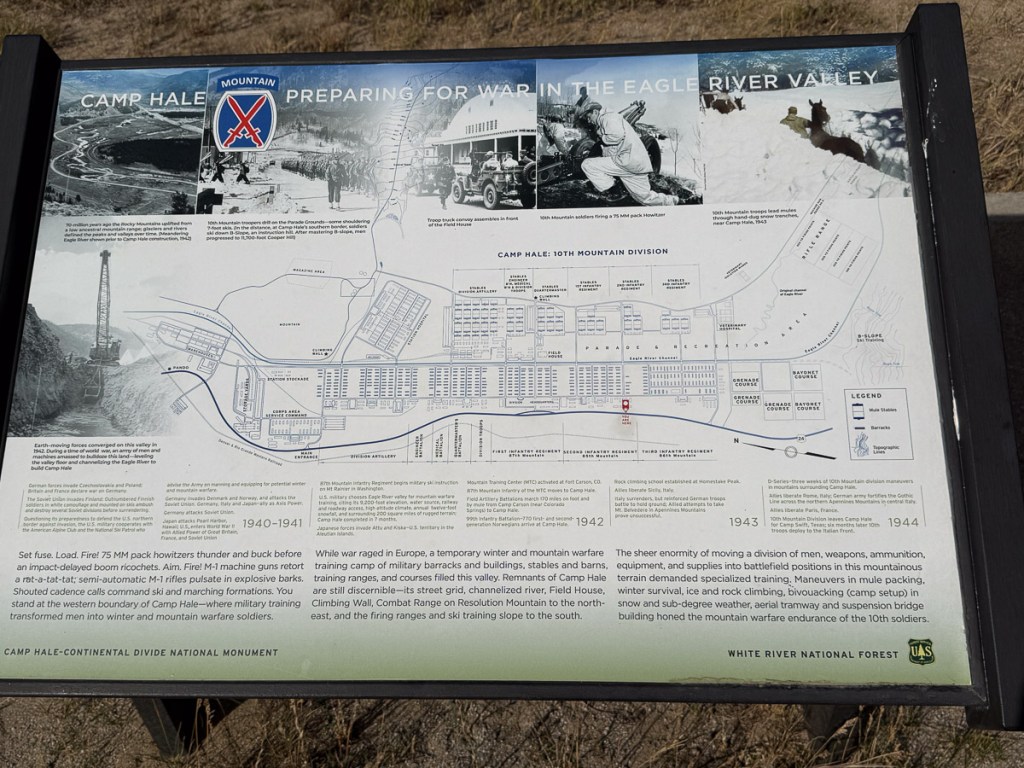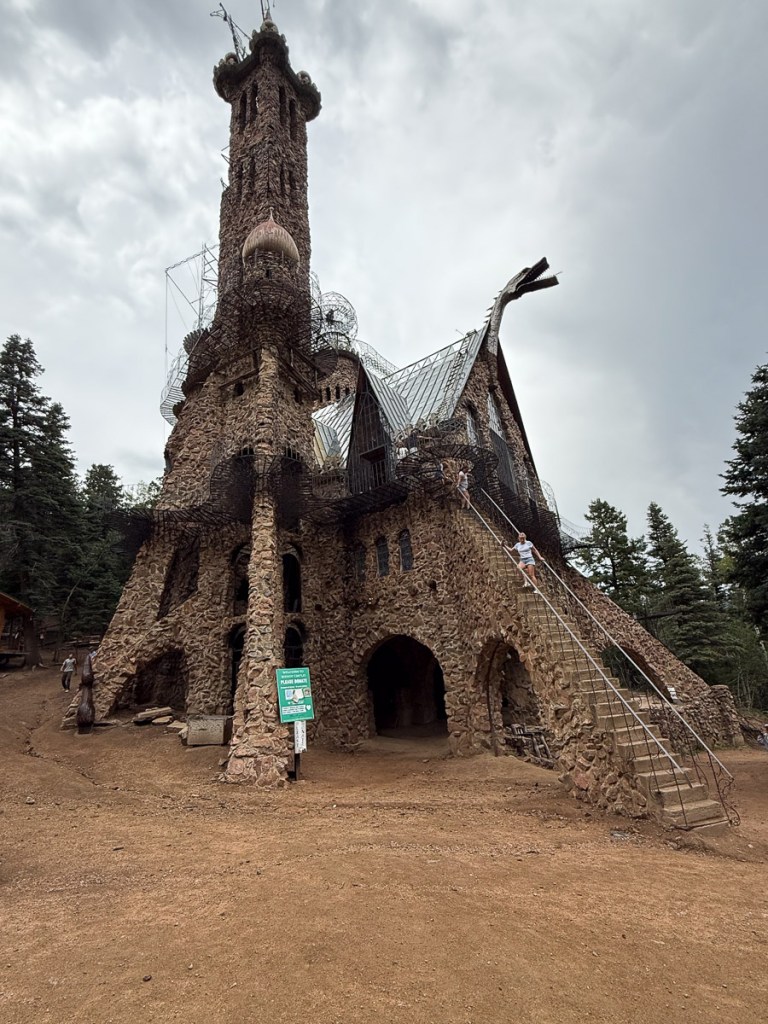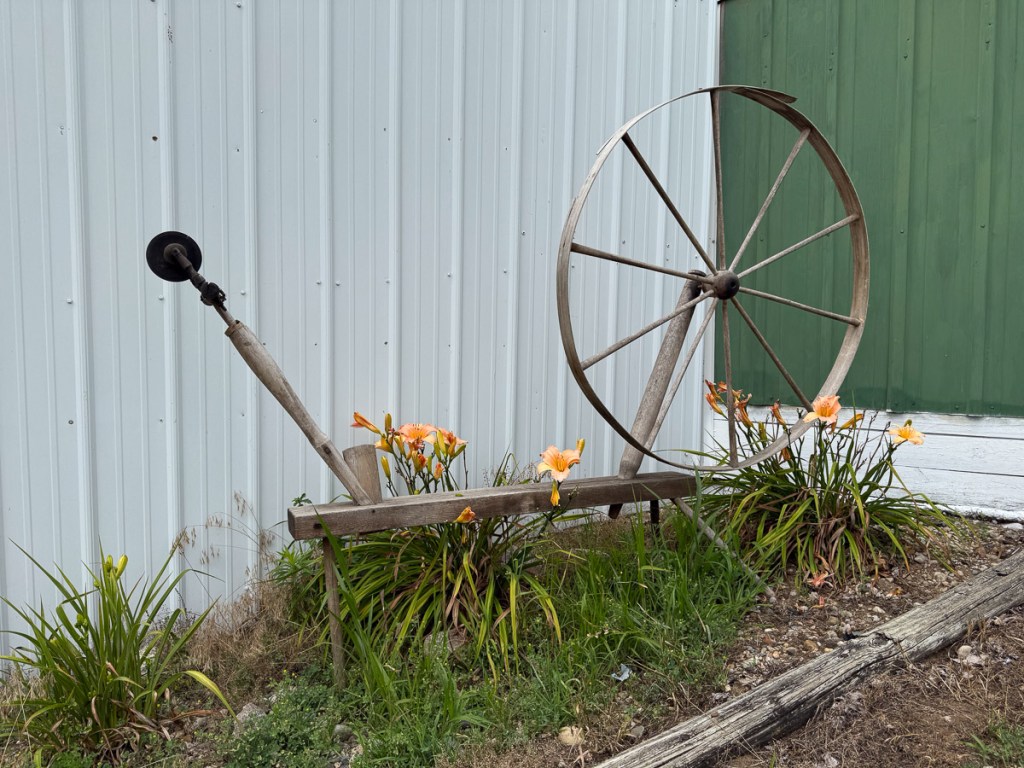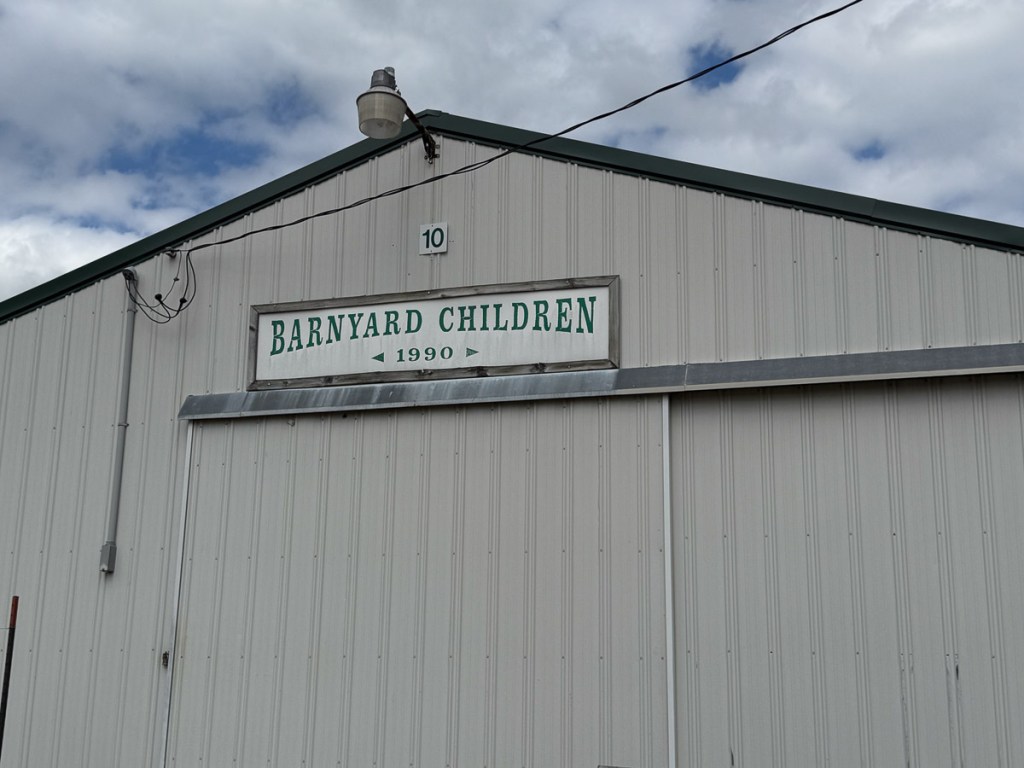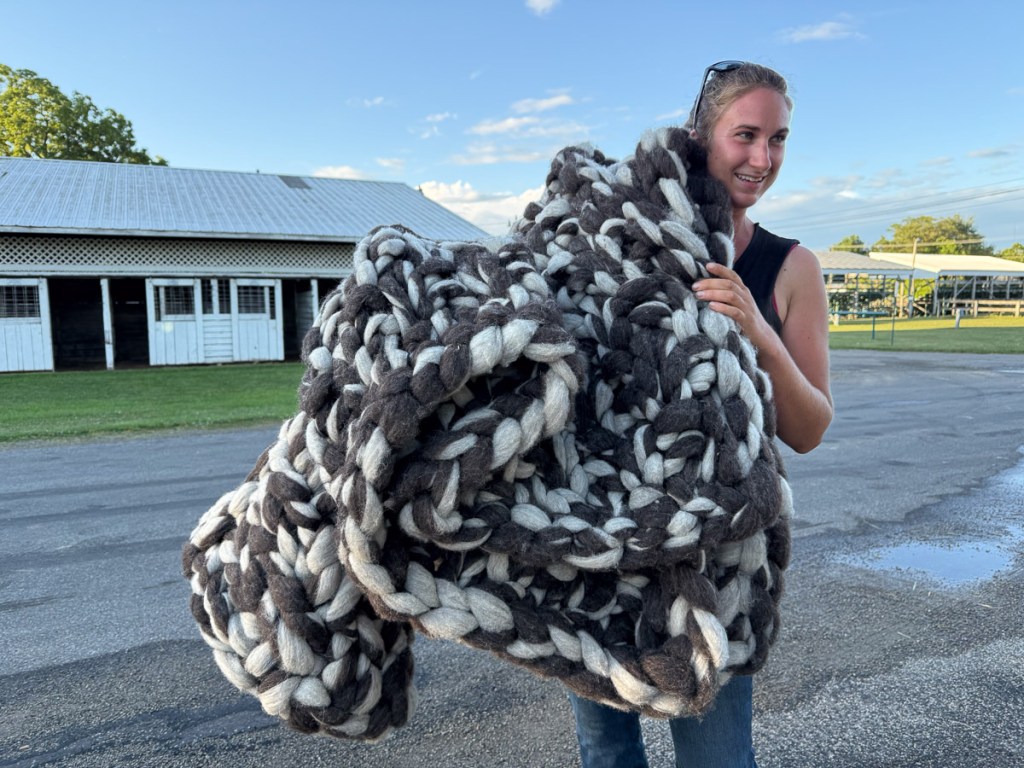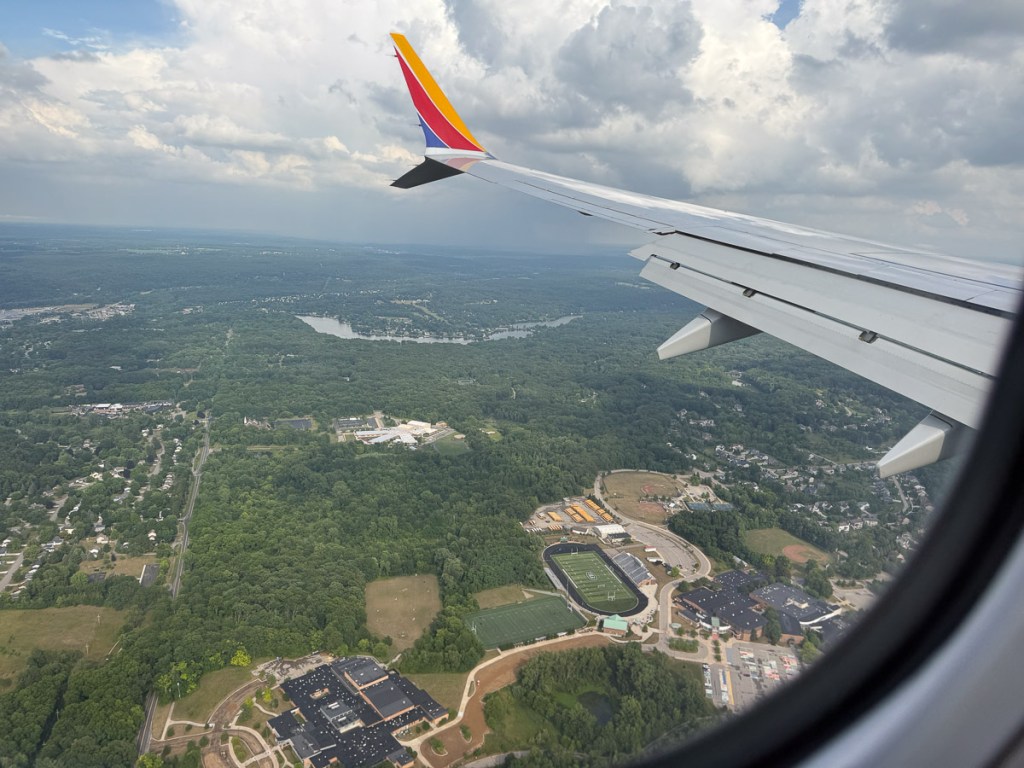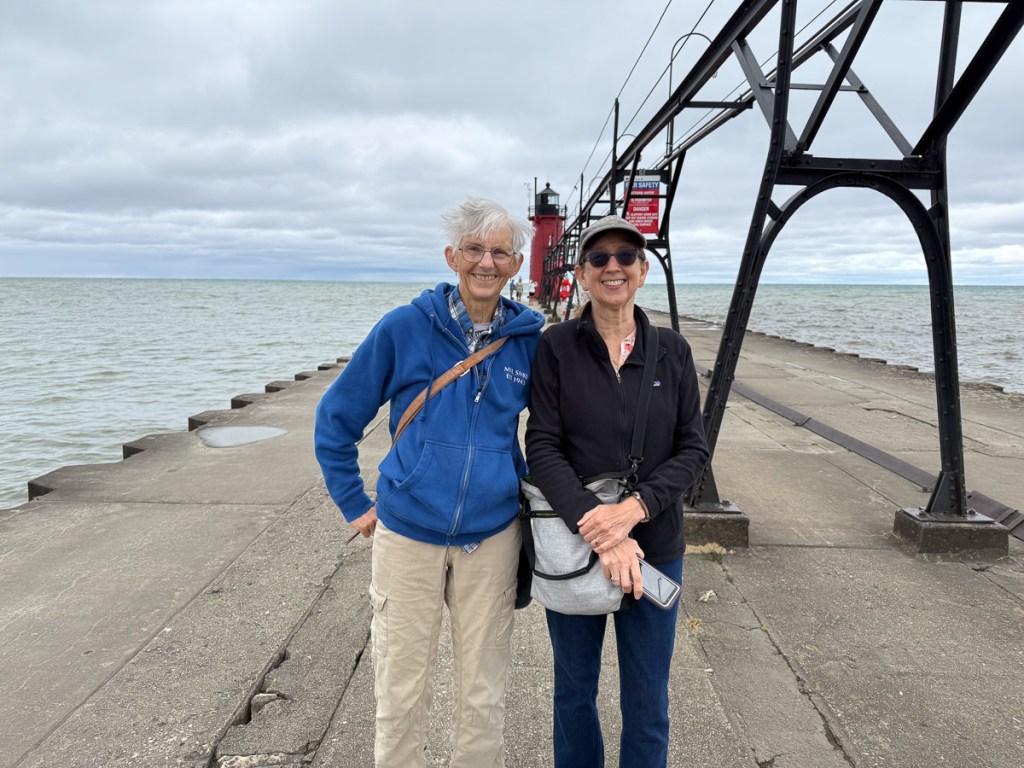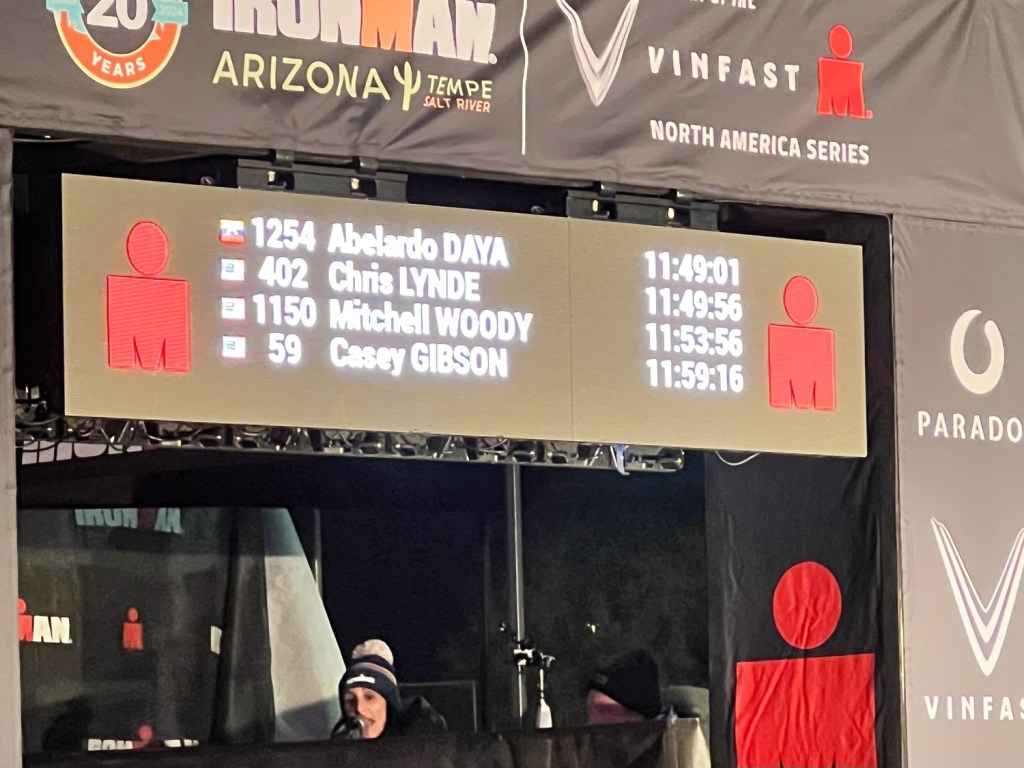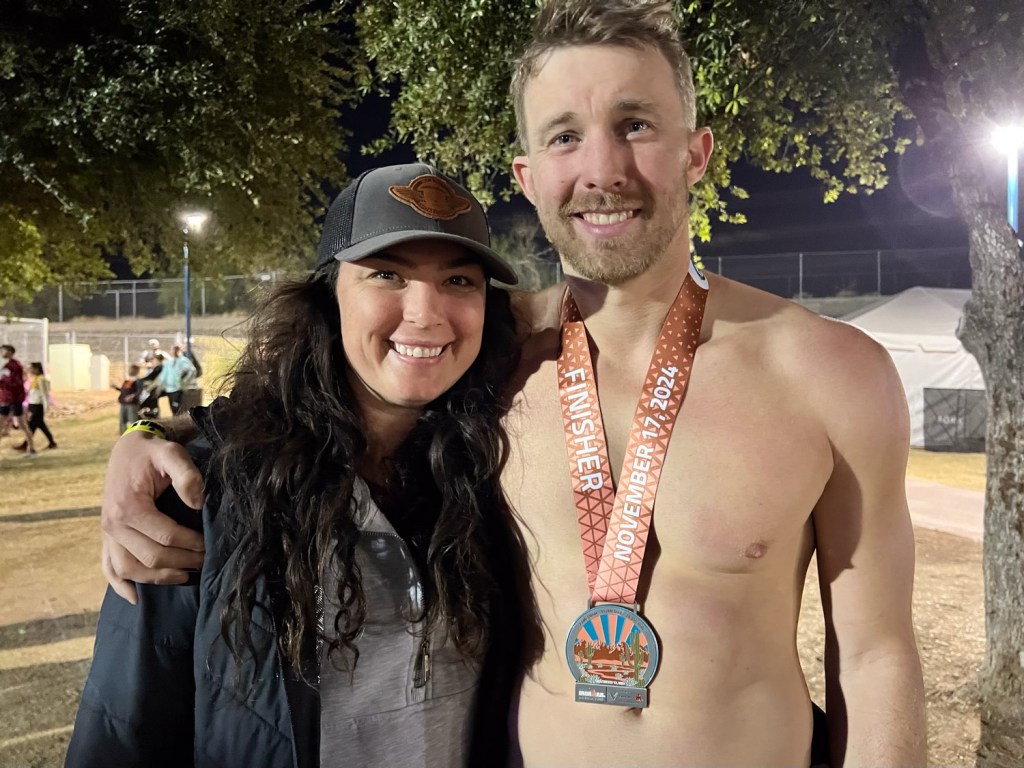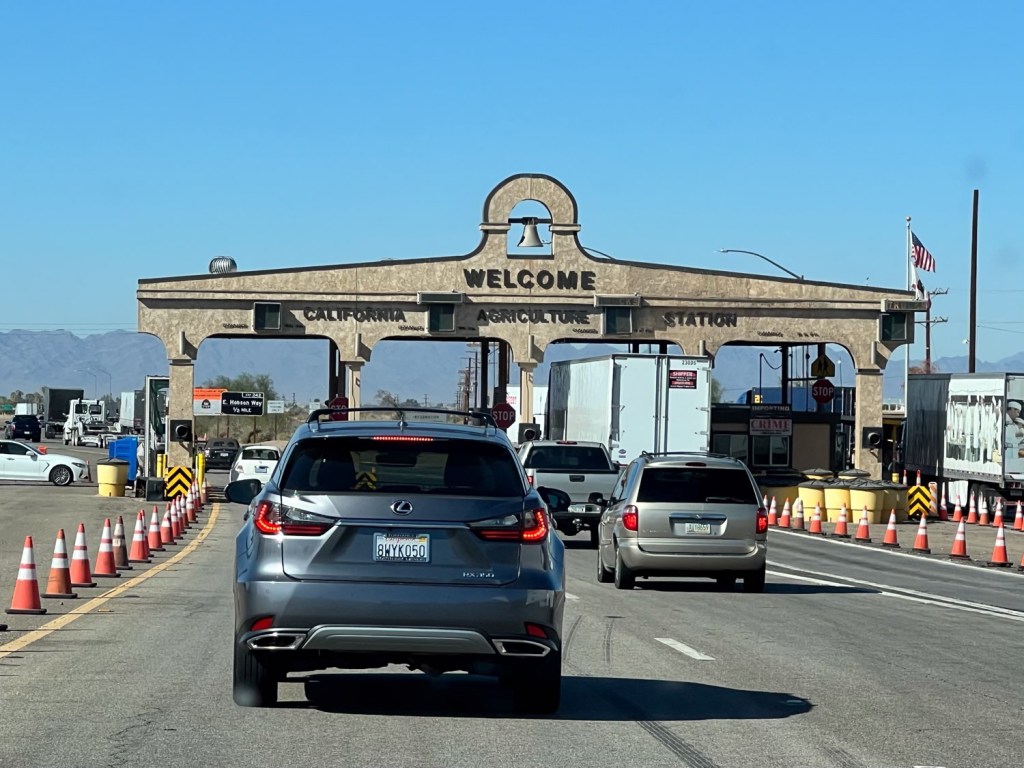We were gone from July 29 to August 4 and I wrote the first blog post about it August 8. I am finally finishing the trip today, September 2, and soon will get back to sheep and weaving posts…hopefully.

We spent Sunday night at a motel in Green River, Utah. I don’t remember when we got on the road, but this photo was at 8:50 a.m. At this point I don’t remember much about any of the photos I took, but it’s one way I keep myself entertained while being a passenger. Most of these photos were taken in Utah.

Trinidad is over 1200 miles from Vacaville and we didn’t always take the most direct route. That’s a lot of time in the car. Dan likes the driving part so I am happy to be a passenger. I had taken a dozen magazines and books and a couple of fiber projects to keep myself occupied. I barely looked at any of them. What’s the point of a “road trip” if you don’t experience the road? This scenery is beautiful..

,,,and vast.

We didn’t make many stops so most of these are “drive-by” photos.


We did stop here because this marker was a short distance off the highway. The story of the Pony Express is fascinating but it was only a fragment of our history. The third photo of this blog series back on Day 1 shows one of the stations that were located about every ten miles. That’s a huge undertaking when I think of our drive of over 1200 miles that followed some of the Pony Express route. From the Pony Express National Historic Trail site: “It is hard to believe that young men once rode horses to carry mail from Missouri to California in the unprecedented time of only 10 days. This relay system along the Pony Express National Historic Trail in eight states was the most direct and practical means of east-west communications before the telegraph.”

Driving across the salt flats of Utah.


It seems that this was the last photo I took during the drive. This is 4:30 p.m. Unlike last year’s road trip, we didn’t have vehicle or traffic issues through the whole trip until we got near home. Just west of Sacramento the Causeway (I-80) was narrowing to one west-bound lane for the never ending highway work. We drove in the driveway about 11 p.m.

The green line is the 2024 road trip and pink is this year.



